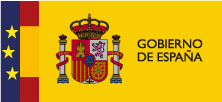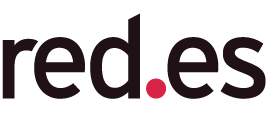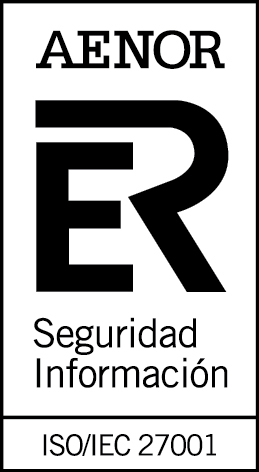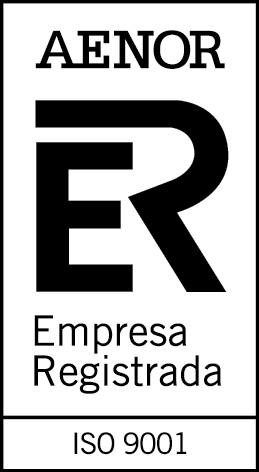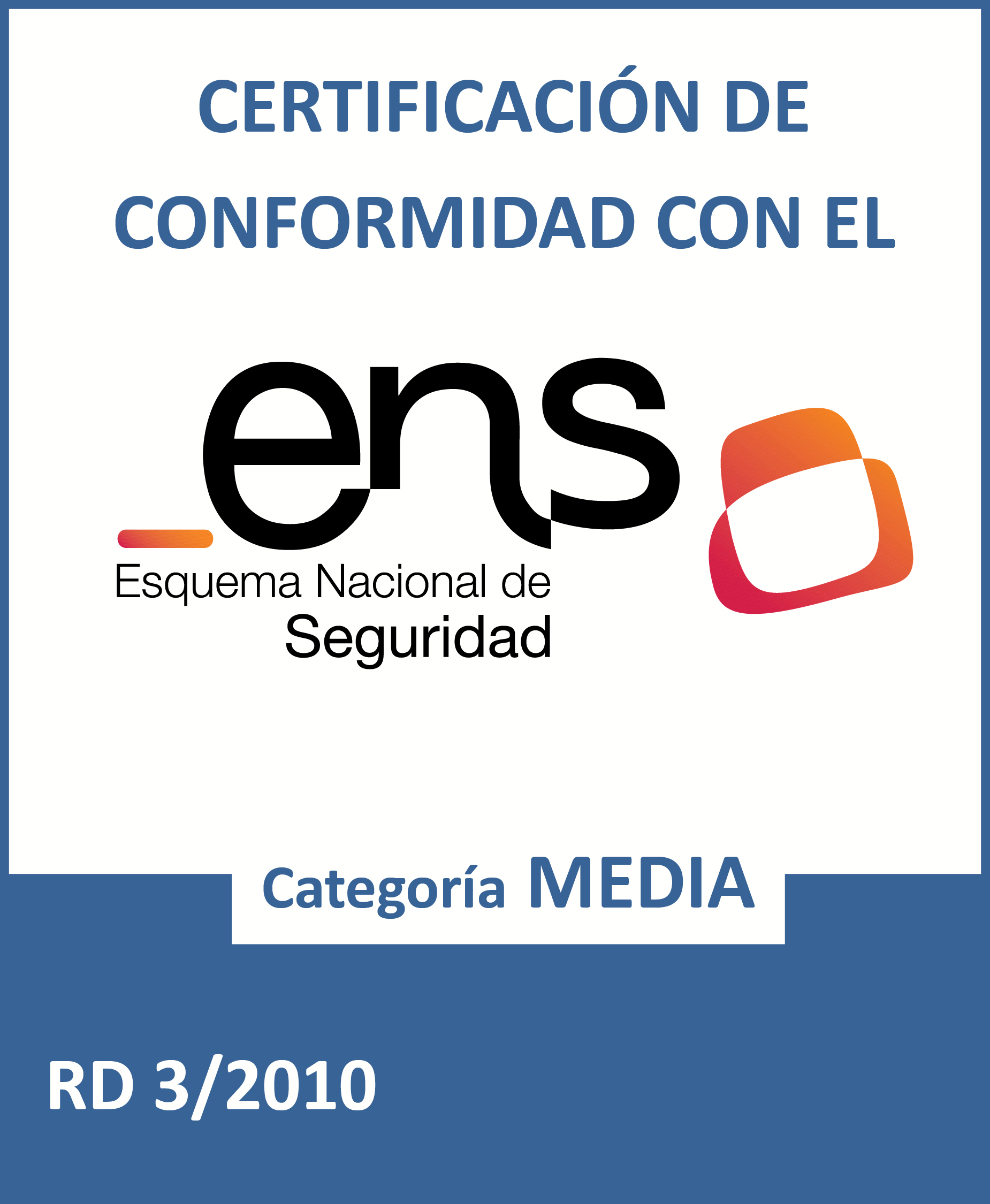Interview with Adolfo Lozano, Director of the Office of Transparency and Open Data of the University of Extremadura
Fecha: 28-02-2022
Nombre: Adolfo Lozano
Sector: Education
Organismo, Institución o Empresa: Universidad de Extremadura

Publishing open data following the best practices of linked data allows to boost its reuse. Data and metadata are described using RDF standards that allow representing relationships between entities, properties and values. In this way, datasets are interconnected with each other, regardless of the digital repository where they are located, which facilitates their contextualization and exploitation.
If there is a field where this type of data is especially valued, it is research. It is therefore not surprising that more and more universities are beginning to use this technology. This is the case of the University of Extremadura (UEX), which has a research portal that automatically compiles the scientific production linked to the institution. Adolfo Lozano, Director of the Office of Transparency and Open Data at the University of Extremadura and collaborator in the preparation of the "Practical guide for the publication of linked data in RDF", tells us how this project was launched.
Full interview:
1. The research portal of the University of Extremadura is a pioneering initiative in our country. How did the project come about?
The research portal of the University of Extremadura has been launched about a year ago, and has had a magnificent reception among UEX researchers and external entities looking for the lines of work of our researchers.
But the UEX open data portal initiative started in 2015, applying the knowledge of our research group Quercus of the University of Extremadura on semantic representation, and with the experience we had in the open data portal of the City Council of Cáceres. The biggest boost came about 3 years ago when the Vice-Rectorate for Digital Transformation created the UEX Office of Transparency and Open Data.
From the beginning, we were clear that we wanted a portal with quality data, with the highest level of reusability, and where international standards would be applied. Although it was a considerable effort to publish all the datasets using ontological schemas, always representing the data in RDF, and linking the resources as usual practice, we can say that in the medium term the benefits of organizing the information in this way gives us great potential to extract and manage the information for multiple purposes.
We wanted a portal with quality data, with the highest level of reusability, and where international standards. [...] it was a considerable effort to publish all the datasets using ontological schemas, always representing the data in RDF, and linking the resources.
2. One of the first steps in a project of this type is to select vocabularies, that allow conceptualizing and establishing semantic relationships between data. Did you have a good starting point or did you need to develop a vocabulary ex-profeso for this context? Does the availability of reference vocabularies constitute a brake on the development of data interoperability?
One of the first steps in following ontology schemas in an open data portal is to identify the most appropriate terms to represent the classes, attributes and relationships that will configure the datasets. And it is also a practice that continues as new datasets are incorporated.
In our case, we have tried to reuse the most extended vocabularies as possible such as foaf, schema, dublin core and also some specific ones such as vibo or bibo. But in many cases we have had to define our own terms in our ontology because those components did not exist. In our opinion, when the CRUE-TIC Hercules project would be operational and the generic ontology schemas for universities would be defined, it will greatly improve the interoperability between our data, and above all it will encourage other universities to create their open data portals with these models.
One of the first steps in following ontology schemas in an open data portal is to identify the most appropriate terms to represent the classes, attributes and relationships that will configure the datasets.
3. How did you approach the development of this initiative, what difficulties did you encounter and what profiles are necessary to carry out a project of this type?
In our opinion, if you want to make a portal that is useful in the medium term, it is clear that an initial effort is required to organize the information. Perhaps the most complicated thing at the beginning is to collect the data that are scattered in different services of the University in multiple formats, understand what they consist of, find the best way to represent them, and then coordinate how to access them periodically for updates.
In our case, we have developed specific scripts for different data source formats, from different UEX Services (such as the IT Service, the Transfer Service, or from external publication servers) and that transform them into RDF representation. In this sense, it is essential to have Computer Engineers specialized in semantic representation and with extensive knowledge of RDF and SPARQL. In addition, of course, different services of the University must be involved to coordinate this information maintenance.
4. How do you assess the impact of the initiative? Can you tell us with some success stories of reuse of the provided datasets?
From the logs of queries, especially to the research portal, we see that many researchers use the portal as a data collection point that they use to prepare their resumes. In addition, we know that companies that need some specific development, use the portal to obtain the profile of our researchers.
But, on the other hand, it is common that some users (inside and outside the UEX) ask us for specific queries to the portal data. And curiously, in many cases, it is the University's own services that provide us with the data that ask us for specific lists or graphs where they are linked and crossed with other datasets of the portal.
By having the data linked, a UEX professor is linked to the subject he/she teaches, the area of knowledge, the department, the center, but also to his/her research group, to each of his/her publications, the projects in which he/she participates, the patents, etc. The publications are linked to journals and these in turn with their impact indexes.
On the other hand, the subjects are linked to the degrees where they are taught, the centers, and we also have the number of students enrolled in each subject, and quality and user satisfaction indexes. In this way, complex queries and reports can be made by handling all this information together.
As use cases, for example, we can mention that the Word documents of the 140 quality commissions of the degrees are automatically generated (including annual evolution graphs and lists) by means of queries to the opendata portal. This has saved dozens of hours of joint work for the members of these commissions.
Another example, which we have completed this year, is the annual research report, which has also been generated automatically through SPARQL queries. We are talking about more than 1,500 pages where all the scientific production and transfer of the UEX is exposed, grouped by research institutes, groups, centers and departments.
As use cases, for example, we can mention that the Word documents of the 140 quality commissions of the degrees are automatically generated (including annual evolution graphs and lists) by means of queries to the opendata portal. This has saved dozens of hours of joint work for the members of these commissions.
5. What are the future plans of the University of Extremadura in terms of open data?
Much remains to be done. For now we are addressing first of all those topics that we have considered to be most useful for the university community, such as scientific production and transfer, and academic information of the UEX. But in the near future we want to develop datasets and applications related to economic issues (such as public contracts, evolution of expenditure, hiring tables) and administrative issues (such as the teaching organization plan, organization chart of Services, compositions of governing bodies, etc.) to improve the transparency of the institution.






